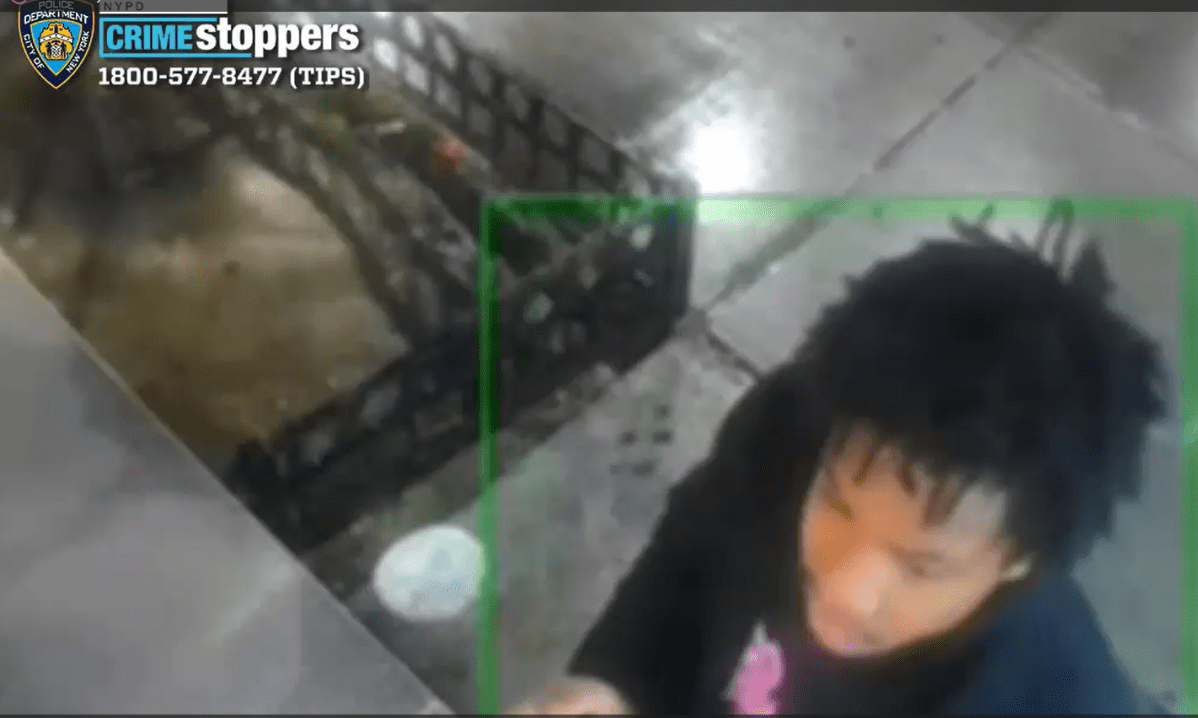
By Marissa Maier | At the ribbon cutting ceremony for New York Downtown Hospital’s new Wellness and Prevention Center on Friday, May 20, Dr. Warren Licht recounted an all too familiar story to the crowd.
“All of us here today have made a visit to a doctor’s office,” said Dr. Licht, the hospital’s Senior Vice President and Chief Medical Officer.
Dr. Licht told of the traditional office visit with the sliding glass window separating the patient from the receptionist, the classic scent of Lysol in the waiting room and the cold and sterile exam room. The physician, Dr. Licht continued, lazily or hastily enters the room and it is with this person the patient is expected to impart their most personal information.
The new Wellness and Prevention Center promises a very different experience.
“What makes this unique is the patient experience,” Dr. Licht noted, adding that the space looks more like a boutique law firm than a traditional hospital facility.
What differentiates the new Center isn’t just the dark wood paneling and handsomely upholstered furniture in the waiting area, or the light green tones and flat screen televisions in the patient rooms. The Center provides a place where the hospital’s top physicians can collaborate in a facility equipped with state-of-the-art technology. And the focus of the facility, as New York Downtown Hospital President and CEO Jeffrey Menkes emphasized, is to prevent disease and maintain optimal health.
According to Menkes, the idea for the center started four years ago.
“We didn’t want to enter a medical arms race. We wanted to do what a community hospital does best like wellness, prevention, delivering babies, [etc.] . . . Our goal is to prevent [illness],” he said after the ceremony. “When the new emergency ward was built after 9/11 we knew we had the space.”
Menkes added that the hospital was short on capital and relayed on public and foundation donors to fund most of the project.
“The Lower Manhattan Development Corporation helped inaugurate the project by providing a $2.5 million grant to supply the seed money for the center and to enable the hospital to acquire an MRI,” a statement released by the hospital explained. “A New York State HEAL Phase 4 grant provided $2.1 million. In addition, $1 million was provided by the Moody’s Foundation and the hospital paid the remaining $1.9 million of the total $7.5 million cost of the Center.”
The newly minted facility is comprised of four parts: The Preventative Medicine Center, The Women’s Health Center, The Breast Health Center and The Moody’s Center for Cardiovascular Health. While the hospital remains a community operation, technology and advanced medical machinery play a key role in the new Center.
Dr. Robby Kempner, the Chief of Breast Surgery and the leader of the Center’s breast surgery and high-risk screening program, explained that the Hospital now has the only digital mammography equipment below 14th St. Instead of using analog film, similar to an x-ray, the digital mammography takes a digitized image of a patient’s breast.
“The images are easier to read. They are more accurate specifically for women with dense breasts,” Dr. Kempner explained.
The Stavros Niarchos Foundation funded the machine.
Down the hall from the Breast and Women’s Health Centers is the cardiovascular ward. The new machinery in this facility will allow doctors to perform detailed blood tests, 4D echocardiography and 64 slice CAT scans. Cardiologist Geoffrey Webber explained that 4D echocardiography allows physicians to see a three-dimensional image of the heart moving in time. It also allows doctors to isolate and analyze smaller structures in the heart to improve a diagnosis or conduct a more accurate pre-surgery evaluation. The 64 slice CAT scan, Dr. Licht noted in an interview, is a higher resolution CAT scan.
Dr. Licht added that the Center is the first area of the hospital to employ electronic records. These protected records can be accessed by any of the patient’s physicians who will be able to see information from previous visits for everything from a cold to a mammogram.
Local leaders and politicians noted the importance of this level of care in the rapidly developing neighborhood that is Lower Manhattan. New York Downtown Hospital remains the only hospital south of 14th Street.
“With the closing of St. Vincent’s Hospital, this is the only hospital in Lower Manhattan,” said Julie Menin, chairperson of Community Board 1. She added that the hospital will help serve the 30,000 new residents, that have moved to the area since 9/11, and most likely the 5 to 7 million visitors the National September 11 Memorial and Museum is expected to annually attract.
New York State Senator Daniel Squadron mentioned that Lower Manhattan remains on the cutting edge of the next generation of New York City, and added that “[The Center] is another reason to come to Lower Manhattan and stay in Lower Manhattan.”

































